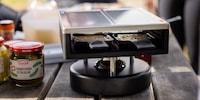
Product test
Wireless cheese? The Kisag Sierre raclette grill put to the team test
by Michael Restin

Special raclette tea lights are expensive. How do they really fare compared to the ordinary 100-pack ones? Time to put them to the test with a thermometer, water and melted cheese.
Granted, comparing the heating power of special «raclette» tea lights and «normal» tea lights sounds odd at first. You know you eat too much melted cheese when you start having thoughts like this. For me, that moment came during our editorial team raclette lunch.
Alongside a gas burner with the Kisag raclette attachment, a few tea lights were licking away at pans of cheese waiting to melt. You know the type – those tiny ovens meant for one or two people. After our feast, my colleagues gave them an average of just two stars. An outrage!
Indeed, some customers aren’t happy with the flickering flames and cheesy smell. If the cheese doesn’t melt or the pan gets sooty, the product gets one or two stars. Now, I’m someone who married into a household with an entire cellar shelf of Trisa candle-powered raclettes (nota bene, we do also have a traditional one for half a cheese wheel!) This being the case, I can’t help but wonder: isn’t it all down to the tea lights you use?
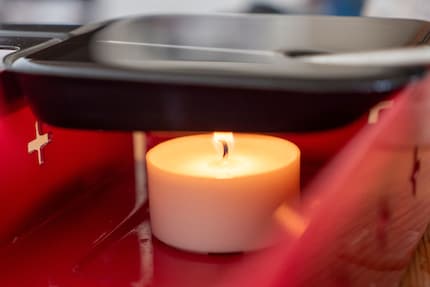
It makes me wonder how big the differences really are. Everything I want to know about tea lights I find in Alfons Reichert’s teaching script (in German), titled «Can you brew coffee using a tea light?»
In short: the energy of a standard tea light would be enough, but not its power. As Reichert knows from his numerous experiments, it can vary considerably – mainly due to the wick. Values between 10 and 30 watts are possible. A tea light’s output naturally affects not only coffee, but also how cheese melts.
I’m curious to see how special raclette tea lights compare to the bestseller 100-pack. I also want to know if eco-friendly tea lights made from sustainably produced rapeseed wax could be an alternative to normal tea lights that burn paraffin made from petroleum. Using four products, I recreate the experiment from the school script: I heat a certain amount of water and record the temperature progression.

I ignore the fact that the tea lights differ in height and that I can’t adjust the distance to the pan in my setup. Because in the end, I only want to know which candle heats best without damaging or sooting up the pan. So I track the temperature progression of 100 ml of water and check what traces the flames leave.
In the end, the raclette tea lights came out ahead. Even so, the choice of candle really depends on the situation.

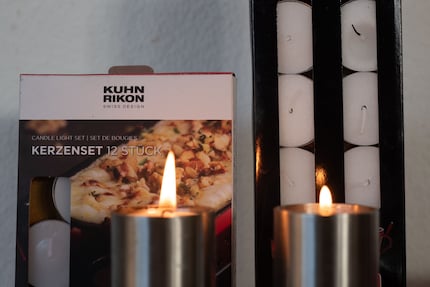
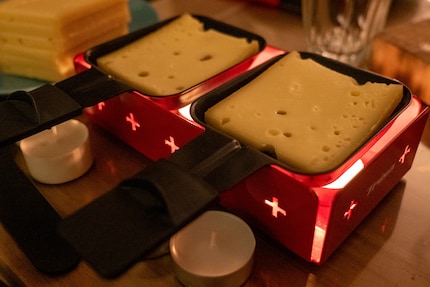
When the temperature isn’t right, some people follow the motto «more helps more». More candles do, of course, produce more heat.
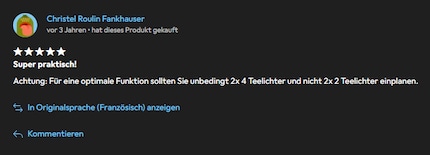
But be careful! There’s a risk of wax fires (link in German). Tea lights must be spaced far enough apart, otherwise the flames can merge and the wax can reach its boiling point. Burning, liquid wax is dangerous. And just like with a grease fire, water isn’t the solution – it causes a flare-up.
For the Kisag Candlelight Pro, the manual warns that indoors you should use only three candles instead of four to mitigate this risk. So you’re better off sticking to the number of candles intended. It will work – as long as they’re the right ones.
Simple writer and dad of two who likes to be on the move, wading through everyday family life. Juggling several balls, I'll occasionally drop one. It could be a ball, or a remark. Or both.
Practical solutions for everyday problems with technology, household hacks and much more.
Show all